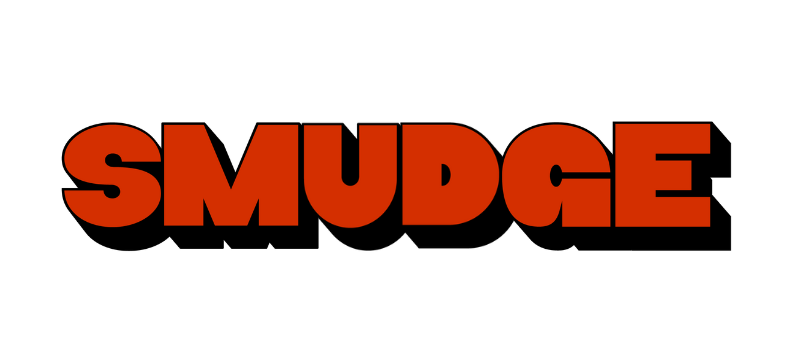Simple Guide: How to Create an Effective Customer Persona
Creating a customer persona is one of the best ways to sharpen your marketing. A customer persona is essentially a detailed profile of your ideal customer – someone who represents your target audience in a realistic, human way. It helps you understand their needs, behaviours, and pain points (the problems they face that your product can solve). When you know exactly who you’re speaking to, your marketing becomes more relevant, targeted, and effective.
Step 1: Research Your Audience
The first step is to gather as much information as possible about your current audience. Who are they? What do they like? Why do they buy from you? Look into your website analytics (data that tells you who’s visiting your site and what they’re doing there), social media insights, and any customer feedback you have. If you don’t have much data to go on, now’s a great time to start engaging with your audience more – surveys, polls, and interviews can be incredibly valuable for gathering insights.
The more you know about who’s buying from you, the more accurate your persona will be. If you’re in the early stages of business, you can also research competitors to get a sense of who they’re targeting and what works for them.

Step 2: Focus on Your Primary Persona
You might have heard the advice to create multiple personas. And while there are situations where that makes sense, if you’re just getting started, I’d recommend focusing on your primary persona first. Get that right, then if needed later, expand. If your product solves problems for multiple types of customers, you can always extend your messaging to secondary personas later.
As tempting as it may be to try and build multiple personas right away, it’s best to start small. Focus on your primary persona – the one type of customer who brings in the most value for your business. Think about the audience who is most likely to buy from you or the ones you want to attract the most. Once you’ve nailed down this primary persona, you can always extend your messaging to secondary personas later if needed.
Step 3: Identify Their Pain Points and Goals
To build a truly effective persona, you need to dig into your customer’s pain points and goals. Pain points are the challenges, frustrations, or problems they face – the kind of issues your product or service can solve. For example, if you sell time-saving software, your customer’s pain point might be spending too many hours on tedious tasks.
Goals are what they’re aiming to achieve. Using the same example, their goal might be to become more efficient and free up time for other important tasks. Knowing both their pain points and goals will help you tailor your marketing to show how your product is the perfect solution.
Step 4: Create Your Persona
Now it’s time to bring your persona to life. Give them a name, age, job, and even a backstory. You want them to feel as real as possible, so when you’re writing marketing content, you can imagine yourself talking directly to them. For example, you might create “Sophie, a 35-year-old small business owner who’s struggling to juggle running her company with personal life responsibilities.”
Make sure to include their pain points and goals here, as well as any relevant details about their lifestyle, interests, and values. The more specific you get, the better you’ll be able to connect with them in your marketing.
Step 5: Tailor Your Marketing to Fit
Once you’ve got your persona nailed down, it’s time to start using it! Every piece of marketing content you create – whether it’s a social media post, blog, or email – should be crafted with your persona in mind. Ask yourself, “Would this appeal to Sophie?” “Does this message address her pain points?” “Am I speaking in a tone she would respond to?”
If you eventually develop secondary personas, be mindful that what works for your primary persona might not land with a secondary one. Tailor your messaging to suit each persona individually, focusing on their unique pain points and goals. This way, your marketing will feel much more personal and relevant to each segment of your audience.
Final Thoughts
Building a customer persona is a game-changer for any business looking to improve its targeting and messaging. And as your business grows, you can expand your reach by developing additional personas – just make sure to adjust your messaging to suit each one.
Remember, your persona isn’t set in stone. As you learn more about your audience and their needs evolve, don’t be afraid to refine or update your persona to stay in tune with your customers. Happy persona building!
